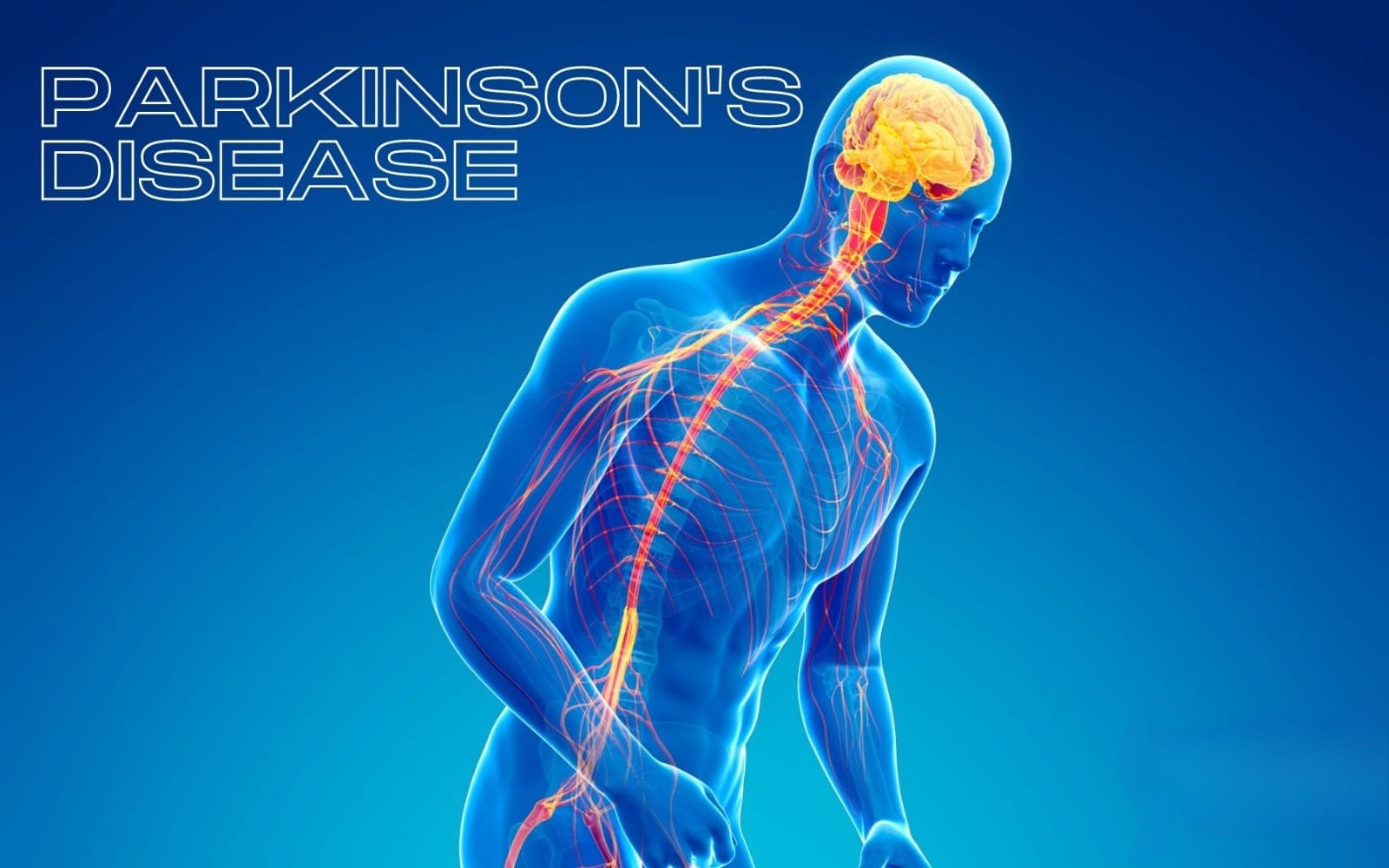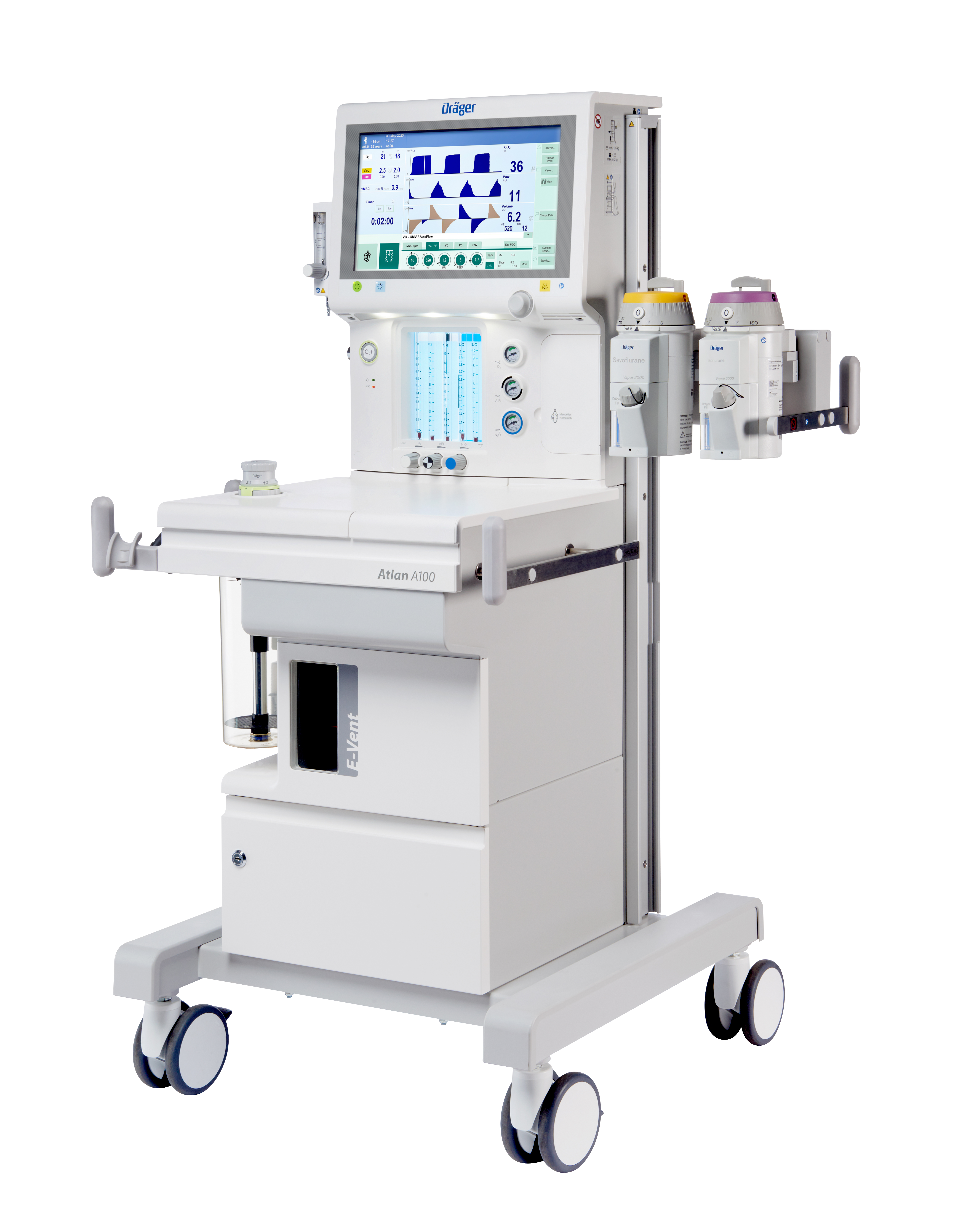The healthcare landscape in India is undergoing critical transformations, driven by an urgent need to provide equitable, affordable, and transparent services to its citizens. A recent development in this direction is the Ministry of Health and Family Welfare’s new guidelines for the Central Government Health Scheme (CGHS), designed to address recurring issues of overcharging and service denial to beneficiaries. This comprehensive policy overhaul ensures that every eligible CGHS beneficiary receives healthcare services without bias or financial exploitation.
The CGHS, established to provide comprehensive medical care to central government employees, pensioners, and their dependents, is pivotal in India’s healthcare framework. Despite its noble intent, numerous complaints have arisen over time regarding service denial, excessive charges, and inequitable treatment of beneficiaries. The Ministry’s latest directives tackle these issues head-on, aiming to restore trust and fairness in the system.
New Guidelines to Safeguard Beneficiary Rights
1. Hospitals Cannot Refuse Treatment: One of the cornerstone provisions of the new guidelines is the explicit prohibition of treatment denial by CGHS-empanelled hospitals. Eligible beneficiaries must be provided with medical care promptly and without any form of discrimination. Whether it’s an emergency or a non-referral case, hospitals are now bound to adhere to this directive.
2. Streamlined Reporting for Emergency Cases: To ensure transparency and accountability, hospitals must report non-referral cases, emergency admissions, and consultations within 24 hours to the respective CGHS Additional Director’s office via email. This measure establishes a robust communication channel between hospitals and CGHS authorities, preventing unauthorized or undocumented services.
For beneficiaries aged 70 and above, hospitals must submit detailed reports of direct visits and admissions, including inpatient card information. This ensures that the elderly, a particularly vulnerable group, receive priority care while minimizing bureaucratic hurdles.
Unreported cases will no longer be eligible for approval, incentivizing hospitals to maintain compliance with reporting protocols.
3. Clear Protocols for Billing and Patient Consent: To enhance financial transparency, hospitals must follow strict billing procedures in critical situations. In cases of patient death or coma, hospitals are required to secure the signatures and contact details of the patient’s attendants on the final bills. This measure protects families from hidden charges and ensures they are informed about all medical expenses, including daycare and laboratory services.
Making Healthcare Affordable: Standardized Prescriptions and Approvals
1. Generic Names in Prescriptions: The Ministry has mandated that all prescriptions must use generic drug names and be written in capital letters. This eliminates ambiguity and ensures affordability for beneficiaries by preventing hospitals from recommending expensive branded medications unnecessarily.
2. Prior Approvals for Costly Procedures: Expensive treatments often lead to financial stress for families. To prevent unnecessary or overpriced procedures, hospitals must now obtain prior approval from CGHS authorities. This move curbs instances of unwarranted procedures and keeps medical expenses in check.
Hospitals are now obligated to display critical information prominently, making it accessible to all beneficiaries. This includes:
CGHS-Approved Rates: Clear visibility of standardized service rates helps beneficiaries make informed decisions.
Bed Availability: Information on available beds in wards and ICUs ensures that patients can access care without delays.
Ward Entitlements: Beneficiaries are entitled to specific ward categories based on their eligibility, and allocating a lower category is strictly prohibited.
Additionally, hospitals must display details such as the CGHS city they are empanelled under, credit eligibility, and contact information for the Nodal Officer. This ensures that beneficiaries have access to all necessary information to navigate the system effectively.
Hospitals that fail to adhere to these guidelines face stringent consequences, including removal from the CGHS network. This serves as a strong deterrent against malpractices and reinforces accountability within the system.
Why These Reforms Matter
The new CGHS guidelines are not merely procedural updates but a significant step toward reshaping India’s healthcare ecosystem. Here’s why they matter:
• Restoring Trust: By addressing common grievances, the Ministry is restoring faith in the CGHS system among beneficiaries.
• Financial Relief: Measures like generic prescriptions and prior approvals for costly procedures reduce the financial burden on families.
• Empowering Beneficiaries: Clear communication, transparency, and access to information empower beneficiaries to make informed decisions about their healthcare.
While these reforms are laudable, their implementation will determine their success. Hospitals and CGHS authorities must collaborate effectively to ensure compliance. Beneficiaries, too, must be made aware of their rights under the new guidelines. Public awareness campaigns and training programs for hospital staff can play a vital role in this transition.
Moreover, technological integration, such as online reporting systems and real-time updates on bed availability, can further streamline processes and enhance transparency.
The Ministry’s new guidelines for CGHS beneficiaries reflect a broader vision of equitable healthcare in India. By prioritizing transparency, affordability, and patient rights, these reforms pave the way for a more inclusive healthcare system.
As India continues to struggle with healthcare challenges, such initiatives serve as a reminder that systemic change is possible through thoughtful policies and collaborative efforts. For the millions of CGHS beneficiaries, these reforms represent not just improved healthcare access but also a step toward dignity and fairness in medical treatment.
In conclusion, the revamped CGHS guidelines symbolize a shift toward a patient-centric approach in India’s healthcare system. By building transparency, accountability, and affordability, these measures ensure that every beneficiary receives the care they deserve without compromise. As we move forward, let’s hope these reforms inspire similar transformations across the broader healthcare landscape, creating a system that truly serves all

 For the millions of CGHS beneficiaries, these reforms represent improved healthcare access and a step toward dignity and fairness in medical treatment.
For the millions of CGHS beneficiaries, these reforms represent improved healthcare access and a step toward dignity and fairness in medical treatment.










.jpeg)

.jpeg)
.jpeg)

.jpeg)


.jpeg)



.jpeg)
.jpeg)
.jpeg)


.jpg)


.jpeg)
.jpeg)